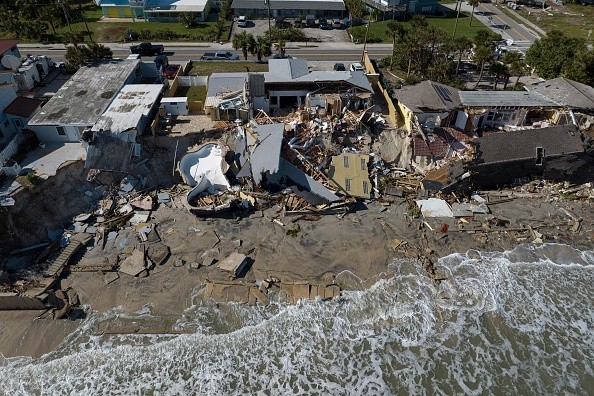The emergence of El Niño or La Niña could affect weather conditions, from warming events and extreme storms. The event can impact the global climate and weather.
El Niño and La Niña play a significant role during an extreme weather event in unloading, which could become intense or frequent depending on the natural occurrence.
Weather agencies also monitor El Niño and La Niña, especially during storms or severe weather conditions.
El Niño and La Niña

According to the National Ocean Service and NOAA, El Niño and La Niña can affect global weather, and both events have opposing weather conditions.
The report said that the occurrence of El Niño is more frequent than in La Niña. Both can impact biodiversity or wildlife and countries' economies.
As opposing definitions, NOAA explained that El Nino is a warming occurrence in oceans, especially in the eastern and central tropical Pacific.
The weather agency explained that the El Niño event could push warm water over the East. As a result, the event could last for months or years.
The report added that the emergence could impact aquatic animals.
On the other hand, La Niña occurs when trade wings show to be stronger, bringing the water to Asia.
Warming weather and temperatures
Meanwhile, the BBC recently reported that experts forecasted the weather this year to become warmer as the La Niña event is near to end.
As the El Niño event unfolds, the water becomes warmer, staying on the surface of oceans. As a result, BBC explained that warmer air could bring unusually warm temperatures.
The report also explained that scientists noted that temperatures could be influenced during El Niño and La Niña.
Although experts said the global temperatures are noticeably hotter or rising, the La Niña event has helped to bring cooler weather. However, according to a BBC report, Professor Adam Scaife explained that temperatures could have been increased without La Niña.
Understanding the impact of the two weather events is important.
Recently, The Guardian reported that Europe recorded the hottest conditions in 2022. This year, the news agency said that countries in Europe had the warmest January in 2023.
The same report also emphasized the contribution of prolonged La Niña to ease the warming temperatures in Europe.
The rising heat temperatures raise concern over the impact on the environment and countries. Experts said that the warming trend could worsen without urgent mitigation action plans.
In addition, the world's oceans suffer from global heating that reached the hottest ocean record in 2022.
The cost of the warming trend aggravated by human-induced climate change could become widespread. Recently, CNN reported that NOAA records showed that the U.S. reached $165 billion in damage due to extreme disasters.
As La Niña is expected to end, the warming trend is forecasted to rise, which could worsen during an El Niño. As a result, the commitment and cooperation of countries to reduce greenhouse gas emissions are crucial to address the problem of global heating.
Related Article: Hurricanes and Other Natural Disasters Impact U.S. Population; About 3.3 million Adults Being Displaced or Forced To Relocate
For more similar, don't forget to follow Nature World News.
© 2025 NatureWorldNews.com All rights reserved. Do not reproduce without permission.





